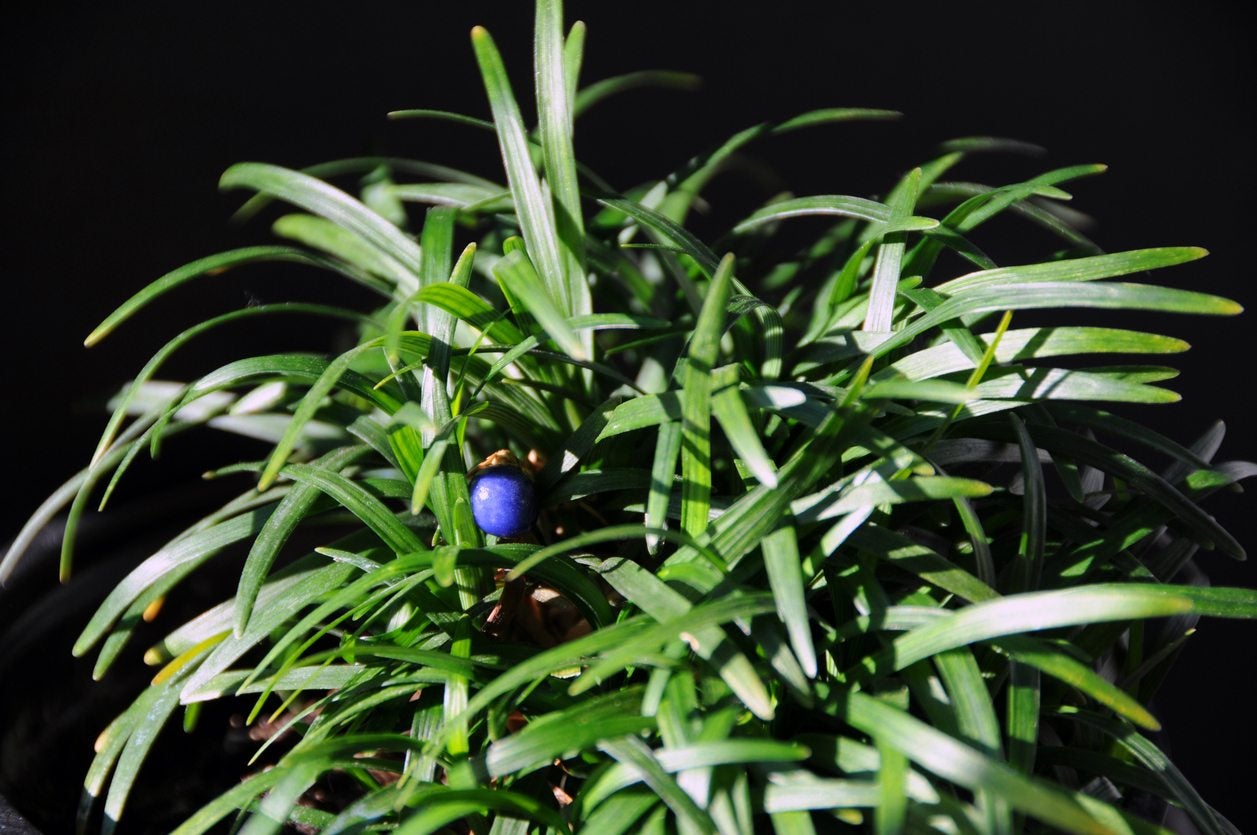Zone 7 Evergreen Groundcovers – Growing Evergreen Groundcover In Zone 7


Groundcovers are valuable as more than beautiful additions to the landscape but also as weed preventers, soil stabilizers, and moisture conservers. Evergreen groundcovers perform their duties year-round. In zone 7, you need hardy evergreen groundcover plants for year-round benefits. Choosing the right evergreen groundcovers for zone 7 will enliven the landscape and provide all the above benefits and more.
About Evergreen Groundcovers for Zone 7
Picking perennial plants for the landscape is an important choice, as you will be living with those selections for years to come. When deciding upon an evergreen groundcover in zone 7, the hardiness of the plant is only one of the considerations.
You must also opt for plants that are suited to the site conditions such as sun exposure, soil type, ease of care, and water accommodations. Luckily, there are some hardy evergreen groundcover plants that are low maintenance and remarkably unfussy about their environment.
During the vetting process for your evergreen groundcover, decide if you want flowers, fruits, or just greenery. Is the site located near a manicured bed or lawn? If so, you also need to consider the invasiveness of the plant. For example, plants like English ivy root at internodes and will spread out into other beds or even the lawn. They are best used where shearing is suitable and on rockeries, beds bordering paths, or along the driveway.
A plant like Pachysandra might be a better choice. It does grow rapidly but doesn't spread through rooted nodes but by rhizomes and, as an added bonus, it gets sweet little white flowers in spring. It is also easily kept sheared to a compact height and trimmed around obstructions.
You must also consider how large the plant will become. Not all areas of the landscape require foot or more tall plants and a close-to-the-ground profile may be more desirable.
Zone 7 Evergreen Groundcovers
- If a glossy, showy leaf is what you want, Asiatic jasmine might be your plant. It grows 3 to 6 inches tall (8-15 cm.) and spreads quickly so it may require lots of pruning to keep it in check. Its counterpart, Confederate jasmine, however, though taller at 3 to 6 feet (1-2 m.) in height, produces heavenly scented flowers in late spring and is less aggressive.
- Holly fern has leathery, glossy leaves and works beautifully in shade.
- Sweet box is unparalleled in winter, with flowers that smell like candy and small, tidy glossy leaves.
- Another zone 7 evergreen groundcover not to be missed is St. John’s Wort. It has big, yellow flowers with prominent anthers that bristle around the bloom.
- Autumn fern creates foliar drama combined with low maintenance.
- Mondo grass comes in green or black and has a low profile and maintenance reputation. It also develops small, attractive flower spikes.
- Cotoneaster has delightful berries and fine foliage that responds well to pruning to keep it in habit or you can choose to let the elegant branches arch attractively.
- A perfect evergreen groundcover for zone 7 is the creeping juniper. There are several cultivars with varying heights and foliage colors from which to choose. Many are almost blue with others in green and gold tones.
- Russian arborvitae has wonderful rust color and grows 2 feet high (61 cm.) with no fuss maintenance.
- Creeping Jenny is a classic groundcover with rich golden leaves.
For flower shows, choose from the following groundcover plants:
Gardening tips, videos, info and more delivered right to your inbox!
Sign up for the Gardening Know How newsletter today and receive a free copy of our e-book "How to Grow Delicious Tomatoes".
In zone 7, many half hardy perennials will perform well as evergreen groundcovers provided sustained freezes don't occur. Some of these might be:
These have a better chance of remaining evergreen when planted in a protected area or microclimate of the garden.

Bonnie Grant is a professional landscaper with a Certification in Urban Gardening. She has been gardening and writing for 15 years. A former professional chef, she has a passion for edible landscaping.